Venturing into the rugged terrain of Montana requires more than just a passion for adventure; it demands a strategic understanding of the state’s unique hunting regulations.
But before you set off to realize your Montana hunting dreams, a strategic acquisition of preference points can significantly bolster your game-hunting applications and chances of success. These points serve as the compass for avid hunters, unlocking exclusive opportunities and shaping the pursuit of elusive game.
Let’s dive into the complexities of Montana’s preference and bonus point system, navigating the landscape of opportunities that await those who crave the ultimate hunting experience in the Big Sky Country.
- Related article: License to Hunt in Montana
So, whether you’re a seasoned hunter aiming to enrich your Montana hunting experience with a sought-after elk permit or a non-resident adding your name to Montana’s hunter community bucket list, feel free to go on this journey with us.
7 Key Takeaways on Montana Preference and Bonus Points
- Accumulating Montana preference points can prioritize you for coveted hunting permits and allow strategic planning for popular areas or specific species.
- Understanding when to buy Montana preference points is crucial, and you have the freedom to purchase at any time in the state.
- Buying preference points is a modest expense that can significantly enhance your hunting potential when strategically used.
- Forming hunting groups under Montana’s party application system can help maximize average preference points for better chances.
- Neglecting to apply for a hunting license or securing one can lead to the deletion of accumulated preference points.
- The preference point purchase period in Montana runs from July 1st to December 31st.
- Accumulating Montana bonus points early and strategically can increase your chances of landing a prime hunting permit. Species-specific perks also play a role in the accumulation timeline.
Montana Preference Points
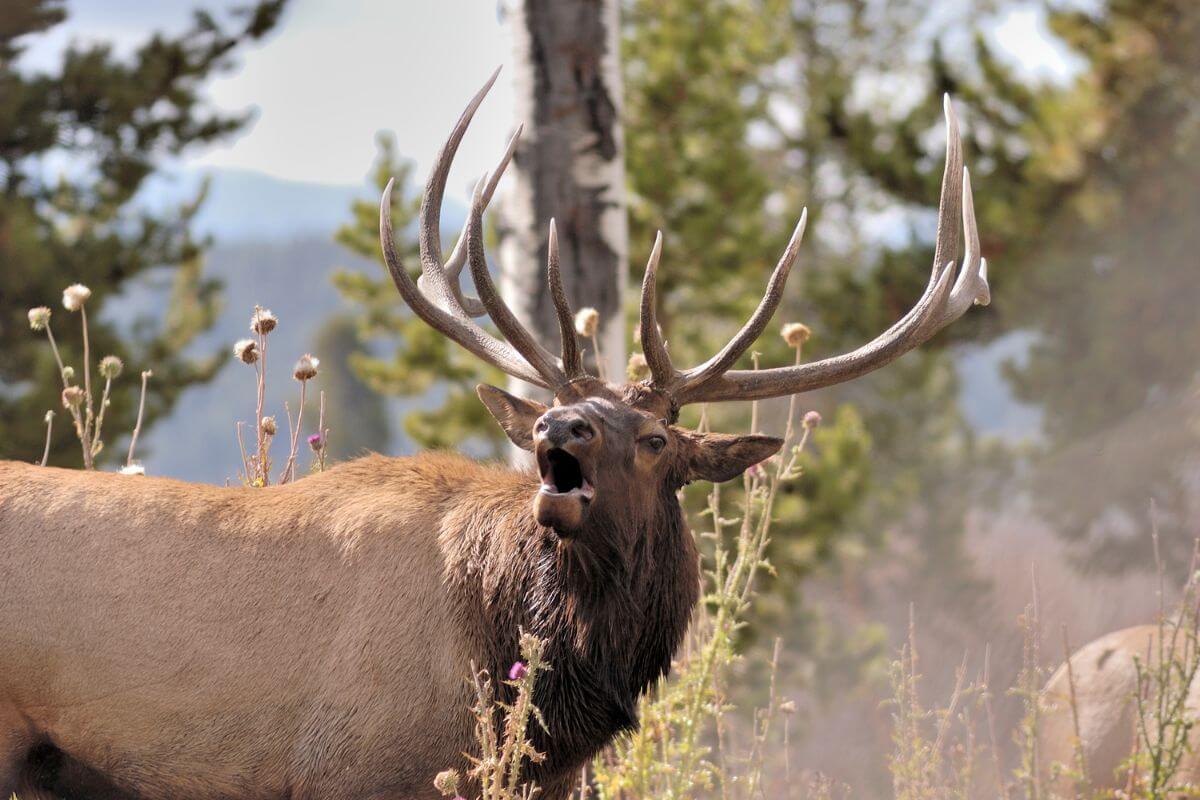
Montana is a dream destination for non-resident hunters with the state having a unique preference point system in place. Unlike other states, Montana allows hunters to purchase points directly, outside of the standard draw windows for species such as big game, elk, or deer.
These preference points are used solely for the Nonresident Big Game Combo, Nonresident Elk Combo, or the Nonresident Deer Combo, which are valid for the general hunt districts. Residents are not eligible for these points, making them exclusive to non-resident hunters looking to hunt in Montana.
One of the key benefits of Montana’s preference point system is its flexibility. These points are not species-specific, meaning they can be used for any of the combo types.
This makes it easier for non-residents to pursue their bucket list hunts in Montana. Additionally, the preference point system is voluntary for non-residents, allowing hunters to strategically build their points over time for a better chance at securing their desired hunting opportunity in the future.
If Montana is on your bucket list as a non-resident hunter, the preference point system is something to consider to enhance your chances of a successful hunt.
1. Montana Preference Points Application
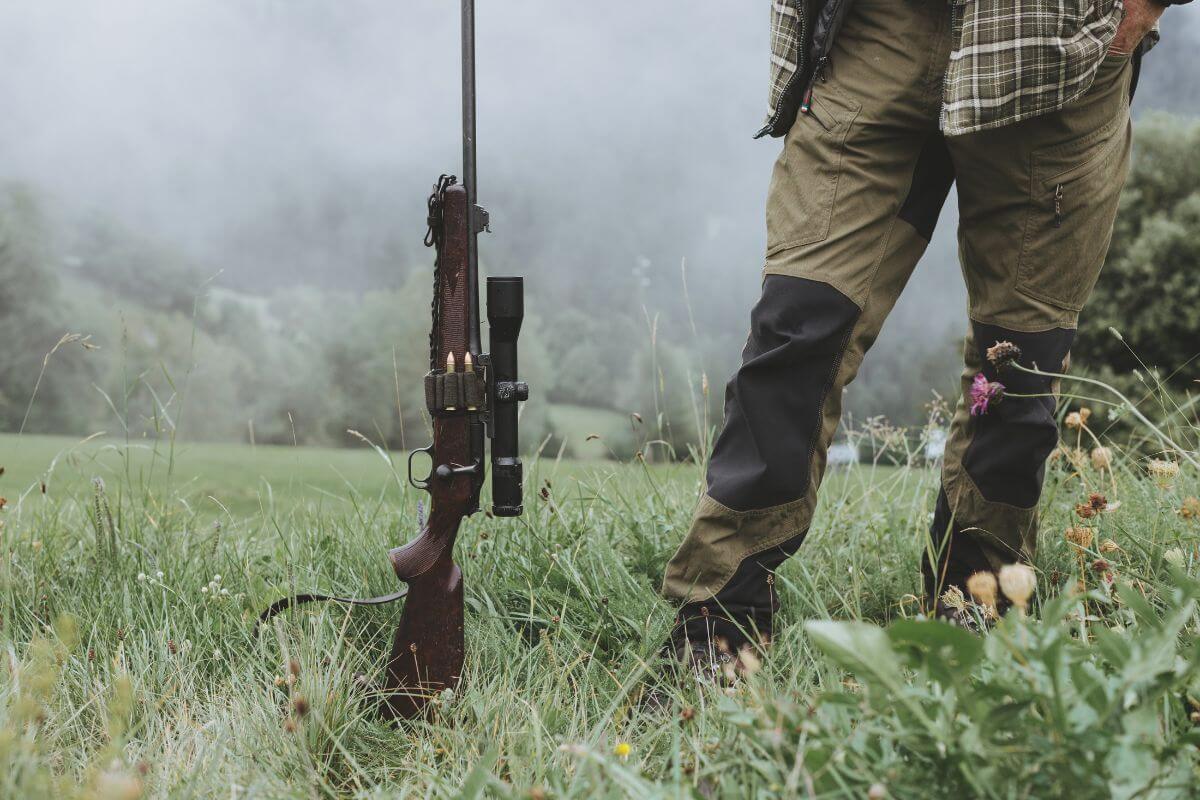
If you’re eyeing the vast spans of Montana’s public lands as your next big hunting expedition, you’ll want to get strategic about when you buy your preference points.
Here’s how your accumulating preference points could be your ticket to claiming your Nonresident Combination License or any other big game hunt opportunities:
- 75% of Nonresident Combo Licenses – One of the biggest reasons to amass preference points is that the Montana Fish, Wildlife & Parks (FWP) department awards 75% of nonresident combination licenses based on the applicants with the highest number of preference points. The 25% are selected randomly from applications without any points.
- Use Them or Lose Them – Be mindful – all the preference points you’ve stacked, regardless of when you bought them, are in the game during the current drawing. This even counts for points you might purchase at the time of application. In other words, this isn’t a rollover data plan; your points count for this year’s draw, so plan accordingly.
- The Magic Number and Cap – You can bag up to 1 preference point annually, but there’s a cap at 3. It’s like those three strikes you get in baseball, except in this game, each point is a win to up your hunting odds.
It’s a juggle of numbers and chances, but understanding the Montana preference point system can give your hunting aspirations a solid nudge. Should you buy a point this year, aim for the top spot in next year’s lottery, or ride the random wave? The choice is yours.
2. Montana Preference Points Dates and Deadlines
July 1st is not just the start of a new month; it’s a key date for every dedicated hunter eyeing Montana’s stunning wilderness as it marks the beginning of the preference point purchase period. This window remains open through December 31st, so you’ve got 6 months to make your move.
Now, why is it crucial to mark off the preference points date on your hunting calendar? Let me break it down for you:
- Strategic Purchasing – This extended timeframe allows hunters to assess the species they want to hunt and plan when to buy Montana preference points accordingly.
- Avoid the Last-Minute Rush – By giving hunters a generous amount of time, it eliminates that panicked rush to buy preference points and ensures everyone has a fair shot.
- Financial Planning – As I know all too well, hunting can be an expensive passion. Having a 6-month window to buy preference points lets you space out your wildlife-related budgeting.
July 1st is not just a date; it’s an opportunity, the first marker for your successful hunting adventure. And remember, December 31st isn’t just the end of the year; it’s also the last day to add some juice to your hunting dreams for the following year.
3. Montana Preference Points Fee
| Point Type | Resident | Nonresident | Deadline |
| Preference point (Big Game combo, Elk combo, Deer combo) | N/A | $100 | July 1 to December 31 |
When applying for a hunting license in Montana, you have the option to purchase a preference point for an additional fee. If you opt to purchase a preference point, simply select “YES” on the preference point question during the application process. This will add a $100 fee to your total.
For those who don’t apply for a combination license but still wish to bolster their chances, hunters can purchase a preference point for $100 between July 1 and December 31, which is a separate application fee not tied to a combination license.
Now, if you’re an outfitter client or planning on hunting with one, there’s an added benefit. Outfitter clients have the option to buy a second preference point for an extra $100 at the time of application. It’s important to note that licenses issued using these points are only valid for hunting with an outfitter.
Keep in mind that purchasing a preference point can increase your chances of drawing a coveted hunting license in the future. So, if you’re interested in improving your chances for future hunts, consider adding a preference point to your application.
4. Montana Preference Points Party Applications
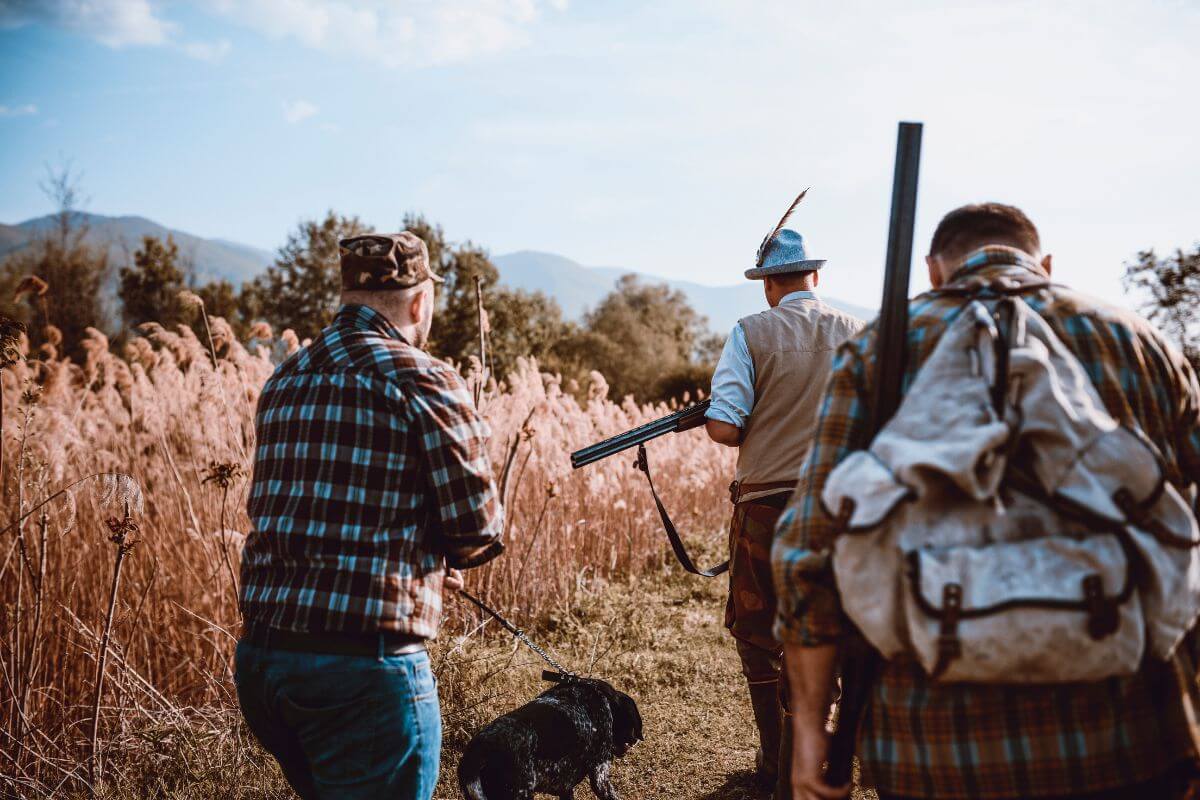
In Montana, preference points for party applications are calculated as the average of the individual preference points of the party members, rounded to the third decimal point.
Up to 5 applicants may apply as a party for Montana hunts. The state uses an average of the number of preference points accumulated by those applicants to determine the party’s preference points.
They consider any fraction that results from the calculation of an average when determining that priority. For example, if 3 people are applying with a total of 5 points, this party would go into the draw at 1.6 points.
When applying for Montana hunts as a party, it’s important to be aware of this calculation process to maximize the party’s preference points. By understanding how the average of individual preference points is used to determine the party’s preference points, applicants can strategically plan their applications to improve their chances in the draw.
So, if you’re considering applying for Montana hunts as a party, keep in mind the average calculation and the importance of maximizing your preference points to increase your chances of success.
5. Montana Preference Points Deletion
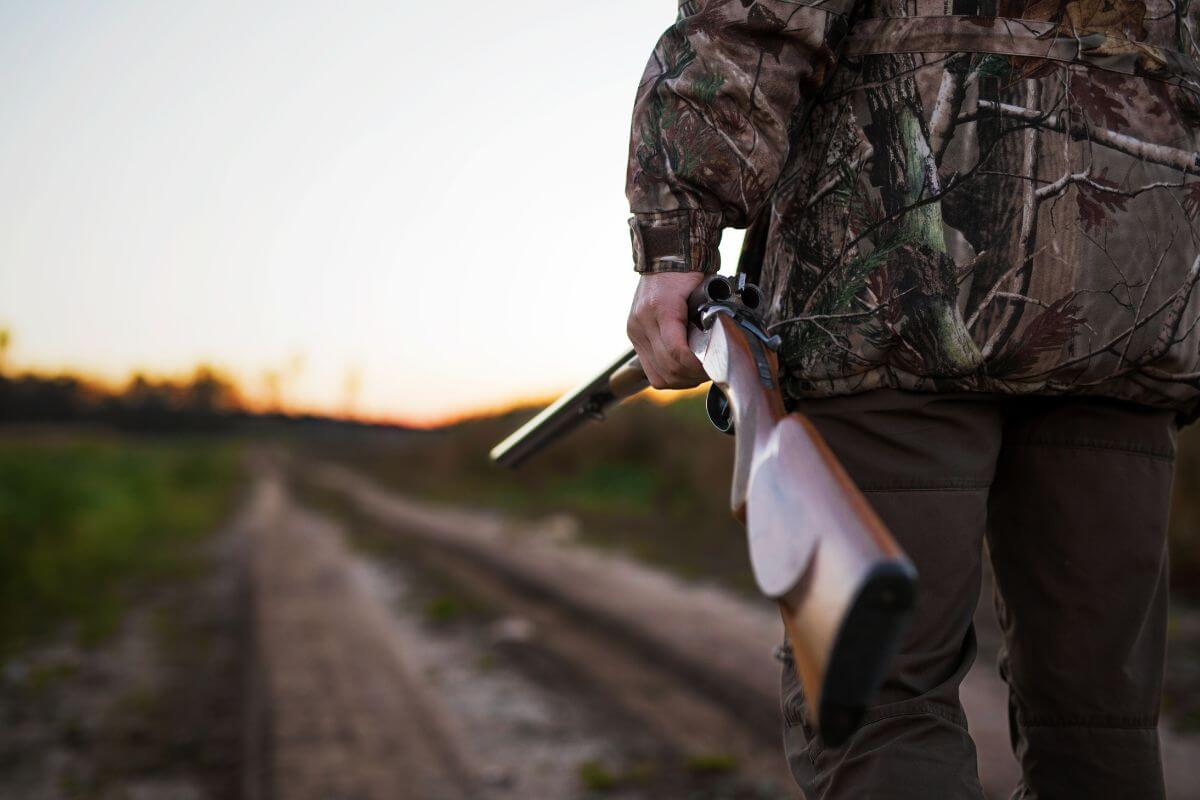
The Montana Department of Fish, Wildlife, and Parks has a policy regarding the deletion of accumulated preference points. If you’ve been holding off on applying for that Nonresident Combination License, you might want to double-check the rules.
Here’s what could lead to the deletion of preference points in Montana:
- You secure a Nonresident Combination License. This is great for the immediate thrill but not so great for your long-term hunting plans.
- You neglect to apply for the license when the opportunity arises. Inaction can be just as detrimental as an outright decision.
It’s important to note that preference points may not be reinstated if a person is successful in drawing and chooses to refund their Nonresident Combination License. This means that once preference points are deleted, they cannot be regained if a person changes their mind about the license.
These rules are in place to ensure fairness and to encourage active participation in the Nonresident Combination License drawing process. The key is not to treat preference points as a passive element in your hunting journey.
So, have a plan, keep an eye on the application draws, and always be aware of how your actions can reset the game. Remember, this isn’t meant to discourage you but rather to help you make the best use of the opportunities that come your way.
Montana Bonus Points
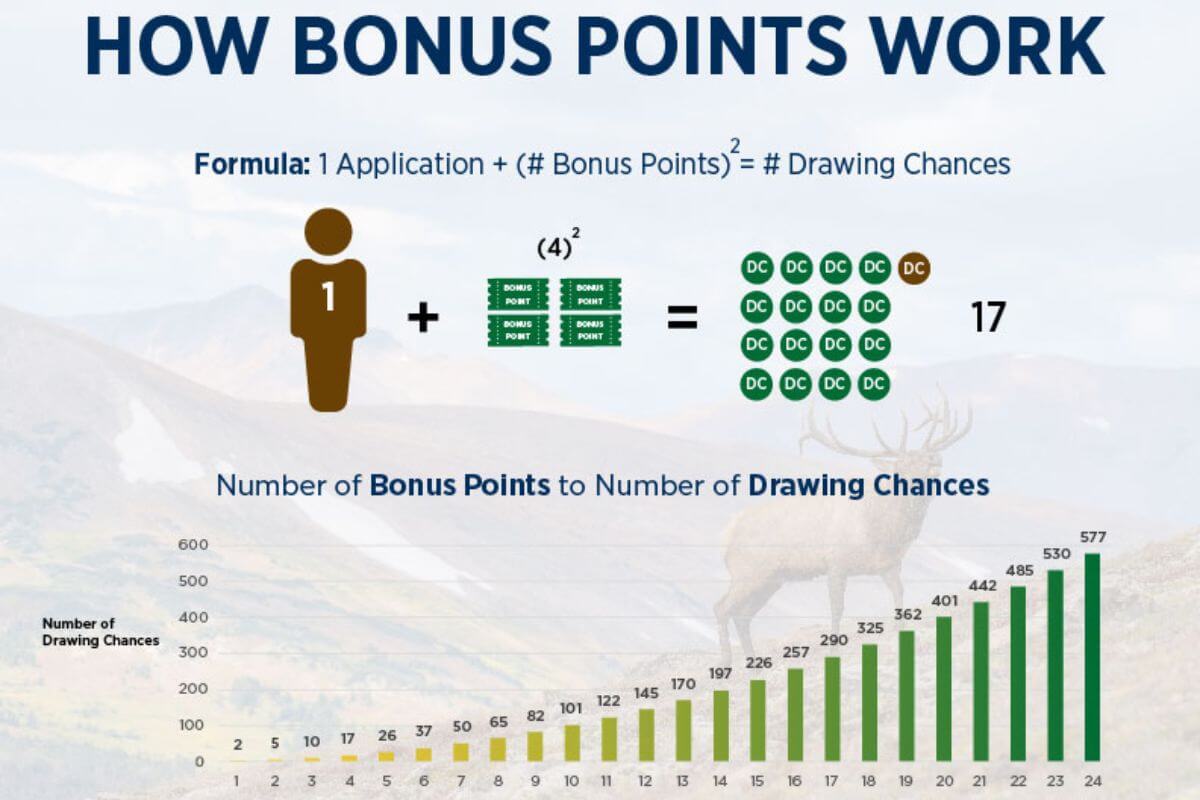
In Montana, every hunter who applies for a license or permit gets one chance in the drawing. Bonus points are like extra raffle tickets and offer additional drawing chances for first-choice drawings only.
Bonus points are used for limited-entry permits (special permits) and B-licenses in Montana, which include species such as deer, elk, antelope, sheep, moose, and mountain goats.
Limited entry elk and deer permits are drawn after the combination preference point draw and allow hunting in specific limited entry hunt districts. It is important to note that a Montana elk or deer permit requires a general deer, elk, or combo license and can only be drawn if you were also successful in the combination draw.
If planning to hunt elk or deer in a limited entry unit, bonus points should be looked at as a long-term strategy, unlike combination licenses which can be more of a short-term plan. There isn’t a low maximum or a requirement to enter the draw every other year, so hunters can start building bonus points well ahead of preference points for future hunting opportunities.
1. Montana Bonus Points Application
| Type of Point | Species Used For |
| Antelope | Antelope |
| Antelope B | Doe antelope |
| Antelope 900-20 | Antelope – Archery only 900-20 tag |
| Deer | Mule deer, whitetail deer |
| Deer B | Antlerless mule deer, antlerless whitetail deer |
| Elk | Elk |
| Elk B | Antlerless elk |
| Moose | Moose, antlerless moose |
| Rocky Mountain Bighorn Sheep | Rocky Mountain bighorn sheep, Rocky Mountain bighorn sheep ewe |
| Rocky Mountain Goat | Rocky Mountain goat, Rocky Mountain goat nanny |
To purchase a bonus point for the Montana hunting license and permit drawing, applicants must be of eligible age to apply for licenses or permits. Any youth who no longer qualifies will not lose accumulated points.
One unique feature of Montana’s system is that bonus points are mathematically squared before the drawing. This means that the more bonus points you have, the number of “raffle tickets” you have in the drawing goes up exponentially.
For example, if you have 3 existing bonus points, those points will be squared and added to your original application, giving you a total of 10 chances in the drawing.
All your accumulated bonus points, including the one you buy today, will count in this year’s drawing as a bonus. However, winning a permit doesn’t entitle you to hunt more deer or elk — it’s simply adds another trophy to your wall.
For deer and elk permits, the special permits are used with a general hunting license. A special permit does not allow you to take a second deer or elk. Every year that you are unsuccessful in the drawing, and you choose to participate in the bonus point system, you will be awarded a point.
So, when’s a good time to purchase these magical bonus points? Well, if you’re aiming for that once-in-a-lifetime tag or if your favorite hunting ground is inching towards over-population, investing in bonus points could be your best shot at a fruitful season.
But remember, it’s not a magic bullet that guarantees your success, just another tool in your hunting arsenal. And let’s face it, who doesn’t love a few extra chances in the lottery of nature?
2. Montana Bonus Points Dates and Deadlines

When applying for a hunting license in Montana, it’s important to take advantage of the opportunity to purchase a bonus point for your desired license type.
You may purchase 1 bonus point per license type per year, either at the time of application or between July 1 and Sept. 30 of the current year if you did not apply for that license type.
For example, if you submit an application for an elk permit on April 1, you may also purchase a bonus point at that time. However, if you choose not to purchase a bonus point at that time, you may not purchase one from July – September for that same license type.
Bonus points can be purchased in one of two ways:
- At the time of application or between July 1 and Sept. 30. It’s important to note that if you don’t purchase a bonus point at the time of application, it can’t be purchased later.
- In years that you don’t apply for a license, a bonus point can be purchased separately between July 1 and Sept. 30.
However, there is an exception to this rule for nonresident landowners enrolled in a department-administered private land hunting access program in the previous license year, who may qualify to purchase an additional bonus point for an elk or deer license or permit.
Remember to take advantage of the application period and ensure you make the most of the current application process.
3. Montana Bonus Points Fee
| Point Type | Resident | Nonresident | Deadline |
| Bonus point (deer, elk, antelope) | $15 | $25 | July 1 to September 30 |
| Bonus point (moose, sheep, goat) | $15 | $75 | July 1 to September 30 |
One thing most hunters in Montana seem to overlook is the cost angle of these preference points. When you’re gearing up for your next big hunt, budgeting for the “yes” on the bonus point question isn’t just a one-time expense. It’s an investment in making sure you can hunt where and what you want when the time’s right.
The Montana Fish, Wildlife, and Parks Department has it sorted in a way that eases the pain, but you’ve still got to open your wallet. For each species you’re after, whether it’s deer, elk, or antelope for the regular folks or you’re dreaming big with moose, sheep, or goat, there are costs to consider.
A $20 bonus point fee gets stacked onto each license or permit for nonresidents, and residents pay a mere $2. So, whether you’re a local legend or an out-of-towner, just remember to factor in these application costs in your hunting budget. Believe me, overlooking these extras can turn your dream hunt into a financial nightmare.
4. Montana Bonus Points Party Applications
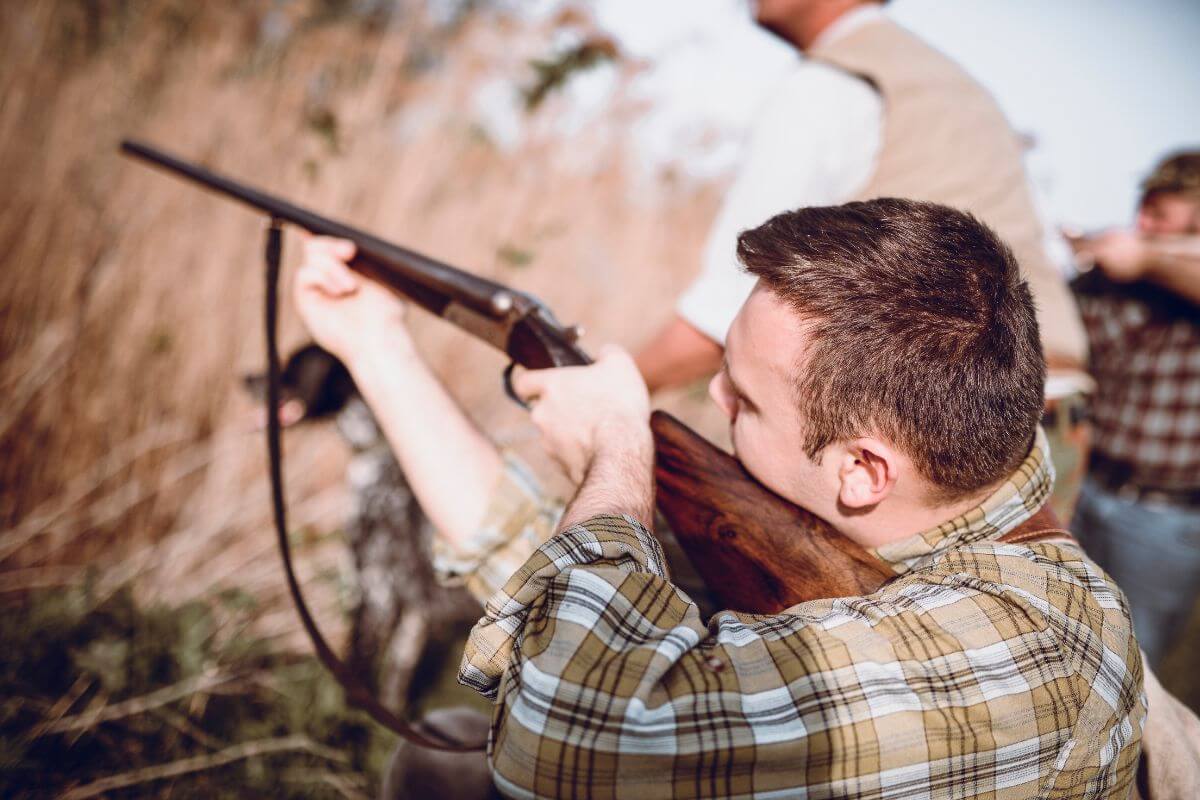
When you’re planning a hunting trip as a group, you can capitalize on the party application process in Montana. The state takes the average of individual base bonus points (rounded to the nearest whole number) within your party to give you a final party permit total.
Key things to remember about Montana Bonus Points Party Applications:
- For parties of 5 or fewer members, this process applies to deer, elk, and antelope applications.
- If you’re in a party of 4, where one buddy has 3 points, two have 2, and the last has 1 – the average is 2.0. This would be rounded down to 2 points for your party application.
- Now swap out the 1-point compadre for a 3-pointer. Your average moves to 2.25. Well, in this case, you’d round up to 3 points for the party.
It’s a fantastic way to pool your resources and increase your chances as a group. However, remember the golden rule: You must all apply for the same type of permit or the system won’t recognize your diverse line-up.
5. Montana Bonus Points Deletion
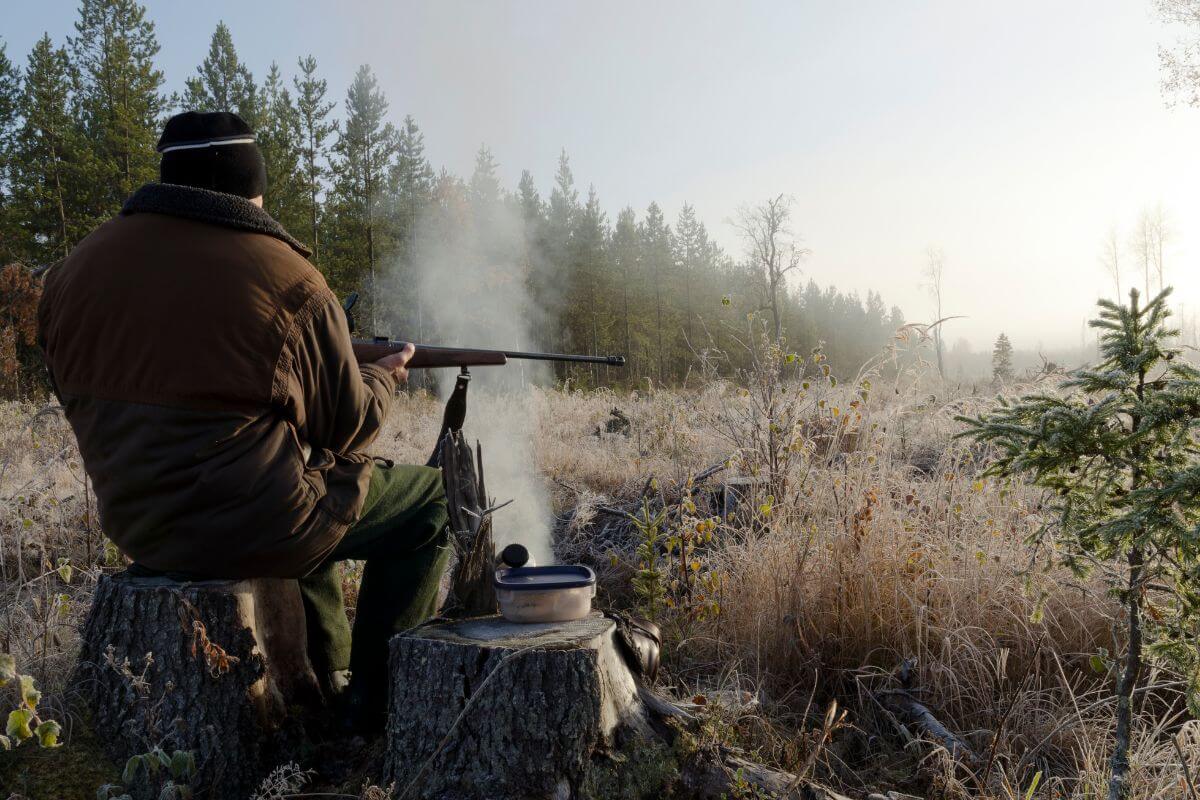
Montana’s Division of Fish, Wildlife & Parks prioritizes fair play, and as such, they have procedures in place that could lead to the deletion of your accumulated bonus points.
Your bonus points get deleted if:
- You bag a first-choice opportunity you’ve been eyeing for; that’s a high-class problem to have.
- You hit a snag with the law and lose your hunting and fishing privileges, resulting in an unfortunate loss of all existing bonus points.
One thing to take note of is that bonus points aren’t gifting things; they’re as standalone as a deer on a country road at dusk. They can’t be shuffled around between different species drawings or people; it’s a one-for-all and all-for-one situation.
Remember this nugget of wisdom: “A winner is just a loser who tried one more time.” So don’t be deterred if you lose your points. Missing out might just push you to give it another shot and who knows, the next time, the Montana wilderness could be calling your name in more ways than one.
Montana Hunting Applications
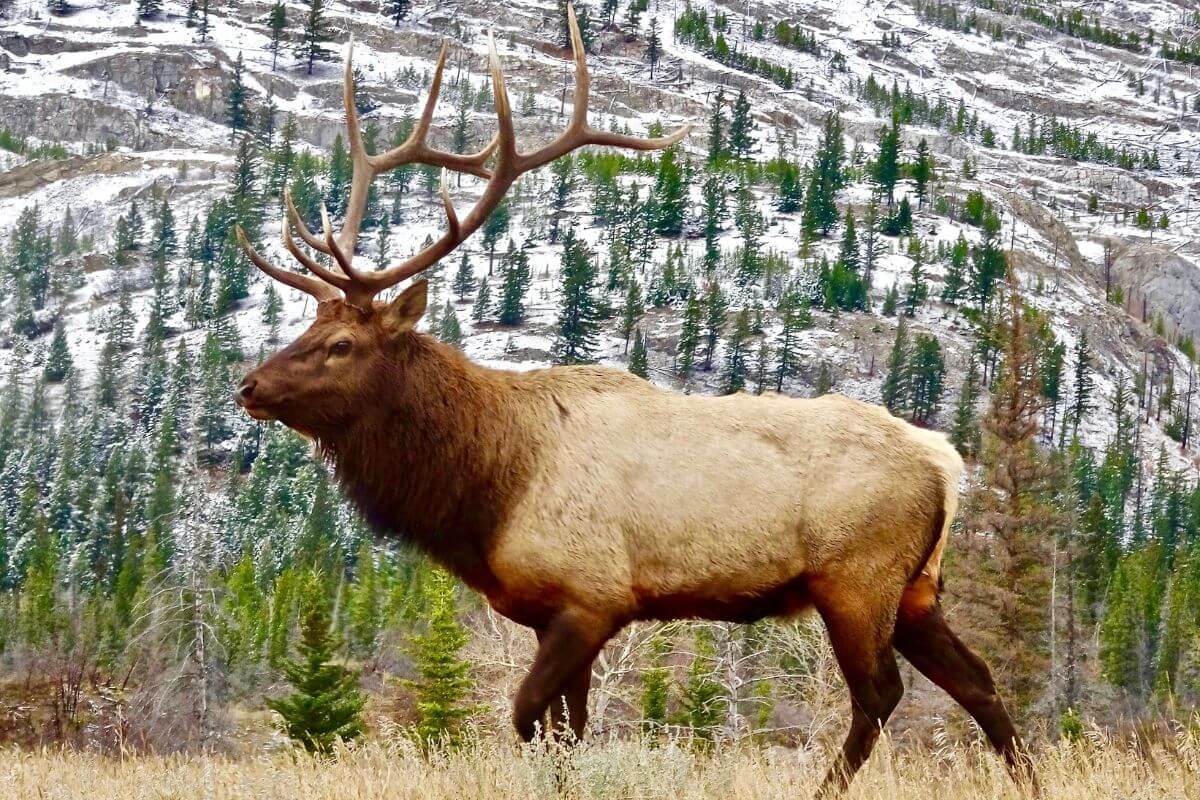
If you are a non-resident wanting to apply for big game, elk, or deer hunting permits in Montana, be prepared for a complicated application process.
Non-residents must apply for one of the big game, elk, or deer combination licenses in the general draw before they can apply for special, limited-entry deer and/or elk permits. Both applications are due by April 1st.
It’s important to note that all applications for big game draws in Montana must be completed online through the Montana FWP website. Paper applications are no longer accepted, and phone applications are also not allowed.
To apply, visit the Montana FWP website and fill out the online application form to be considered for the hunting permits you desire. Keep in mind that the process may be more complex for non-residents, but with careful attention to deadlines and requirements, you can navigate the application process successfully and increase your chances of hunting in beautiful Montana.
Montana Hunting Draw
When it comes to the Montana hunting draw, it’s not just luck of the draw; there’s a carefully orchestrated process ticking away behind the scenes. Here’s the inside scoop:
- Drawing Order – In Montana, everyone’s first choice is awarded before anyone’s second choice is even considered. This is an often overlooked but crucial detail. So, instead of spreading your choices thin, be strategic with your first pick.
- Non-resident Applicants’ 10% Quota – Montana awards up to 10% of the permit quota to non-resident applicants for elk and deer. However, if you’re applying for a permit area with a quota of less than 10, your application won’t be in the running. It’s like trying to cram an oversized sweater into a too-small suitcase – it just won’t fit.
- Moose, Mountain Goats, and More – For moose and mountain goats, you have one hunt choice. Sheep, on the other hand, gives you a second go but only for adult ewe sheep. So, double-check those hunt codes and don’t accidentally end up with an ewe tag. And for Antelope, you can list multiple choices on your application.
- Non-Resident Quota Mystery Unraveled – By state law, non-residents are limited to, but not guaranteed, 10% of the license and/or permit quota, and here’s the unique twist – it’s per region, not per unit or state. Don’t worry; we don’t need a flowchart to navigate this.
- A Level Playing Field – Under Montana’s system, residents and non-residents are in the same drawing pool for sheep, moose, and mountain goat tags – until the non-resident quota for the specific region is met or all tags are issued. After that, it’s residents-only for the remaining tags.
- Get Your Facts Straight – One thing to remember here is that all applicants are in the same drawing pool unless non-residents have met their regional and/or unit quota. Understanding these small but pivotal facets of the draw system can make a world of difference.
In Montana’s game of draw and hunt, it’s not just the wildlife that’s unpredictable. But with these unique insights into the drawing mechanism, you can up your chances and ensure that your preferred choice in the permit lottery gets due consideration.
When to Buy Montana Preference Points Final Thoughts
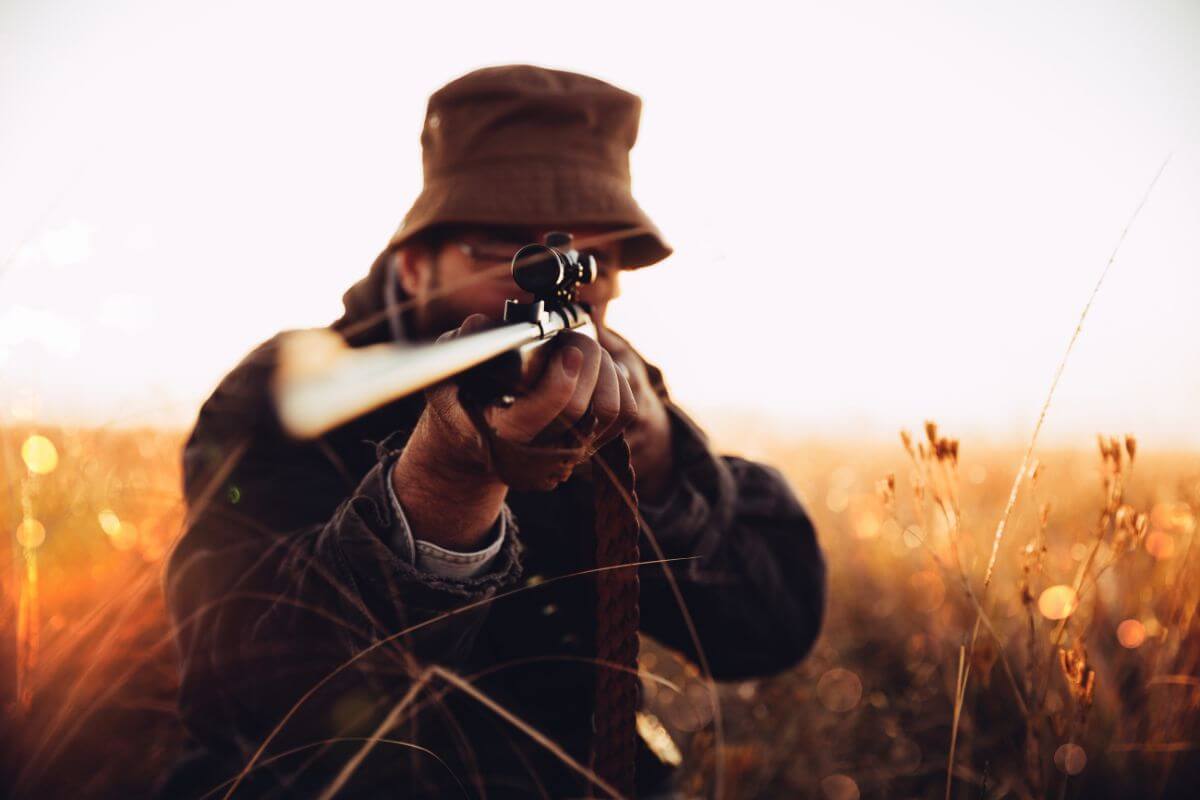
Hunting in Montana is more than a sport; it’s a lifestyle interwoven with strategic choices and unforgettable moments. As we’ve unraveled the intricate web of Montana Preference Points and Bonus Points, it’s evident that these hunting tools offer a gateway to your dream big-game tagging experience.
The key is understanding the principles and aligning your hunting aspirations with the annual purchasing windows of these points. So whether you’re a local or a non-resident captivated by the state’s wilderness, carefully plotting your point acquisition timeline can truly make or break your next hunting season.
In the broader narrative of your Montana hunting ventures, remember that every point counts. From the important dates and deadlines to the financial implications, these nuances can elevate your hunting strategy from good to great.
Anchored in the rich hunting ground of Montana, the value of preference and bonus points lies in how you curate and utilize them, increasing your odds at the coveted game tags. So, journey wisely, and may the great wild of Montana amplify your hunting stories for years to come.
When to Buy Montana Preference Points FAQs
1. What Is the Difference Between Montana Bonus and Preference Points?
In Montana, preference points are exclusive to Nonresident Combination Licenses and provide an advantage in the drawing process, while bonus points are utilized in random drawings for first-choice licenses, offering increased chances, but they are not applicable to second- or third-choice drawings; additionally, application deadlines vary between each application type despite opening simultaneously.
2. Can I Just Buy Preference Points in Montana?
In Montana, those who do not apply for a combination license have the option to purchase one preference point for $100 over the counter from July 1 through December 31, offering an opportunity to accumulate points without participating in the drawing process.
3. How Do I Check My Montana Points?
To check your preference points in Montana, you can log in to the Montana Fish, Wildlife & Parks online licensing system, where you’ll find information on your accumulated points, successful draws, and license history.
Alternatively, you can contact the Montana Fish, Wildlife & Parks office for assistance in obtaining your preference point information.
4. How Does the Montana Draw Work?
The Montana draw operates through a random computerized system where applicants select preferred licenses, and the allocation process considers preference points, with successful applicants being notified and unsuccessful ones accumulating points, except for Nonresident Combination License applicants who may have the option to purchase preference points over the counter.
5. What Are the Odds of Getting a Non-resident Elk Tag in Montana?
The odds of getting a non-resident elk tag in Montana depend on various factors, including the specific elk hunting district, the type of license applied for, and the number of applicants.
The draw system is influenced by a combination of random selection and preference points and can vary from year to year based on the number of applicants and available tags.
Find equally informative articles about Montana below:


Excellent Article
Thank You !!
Thanks for the kind words!